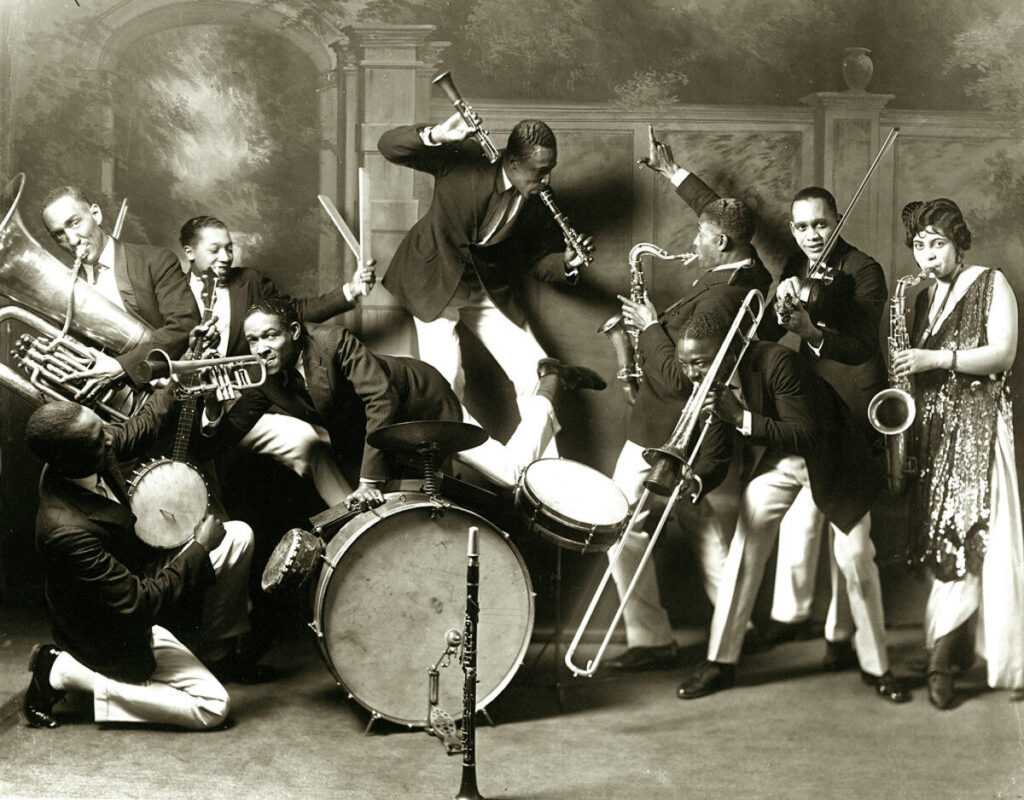Buster Bailey
William C. “Buster” Bailey (1902 – 1967) was an American jazz clarinettist. He was taught clarinet by classical teacher Franz Schoepp, who also taught Benny Goodman. Bailey gained his start with W.C. Handy’s Orchestra in 1917 when he was just 15 years old. In 1919, Bailey joined Erskine Tate’s Vendome Orchestra and remained with Tate until 1923 when he joined King Oliver’s Creole Jazz Band. Here he met and became friends with Louis Armstrong. In 1924 both joined Fletcher Henderson’s Orchestra in New York.
In New York during the late 1920s, Buster Bailey became a highly respected sideman of Clarence Williams and others and appeared on numerous recordings playing both the clarinet and sopran saxophone In 1927, he left Fletcher Henderson and undertook a tour of Europe with Noble Sissle’s Orchestra. In 1934, Bailey briefly returned to Fletcher Henderson, but by the end of the year, he had settled down as a member of the John Kirby Band. Bailey remained a member of Kirby’s band until 1946, but that did not stop him from performing with other artists. He also recorded music during this time as Buster Bailey and His Rhythm Busters. In 1965 he rejoined Armstrong and became a member of Louis Armstrong and His All-Stars.[5]
Buster Bailey appeared in the film That’s the Spirit (1933) in which he played himself as a band member. The second was as an uncredited clarinettist in Sepia Cinderella (1947) as part of the John Kirby Sextet.

These transcriptions are available to download for free for the website members. We appreciate a donation if you can afford it. Thank you!
The arrangement charts will appear below once you’re logged in.
👇
